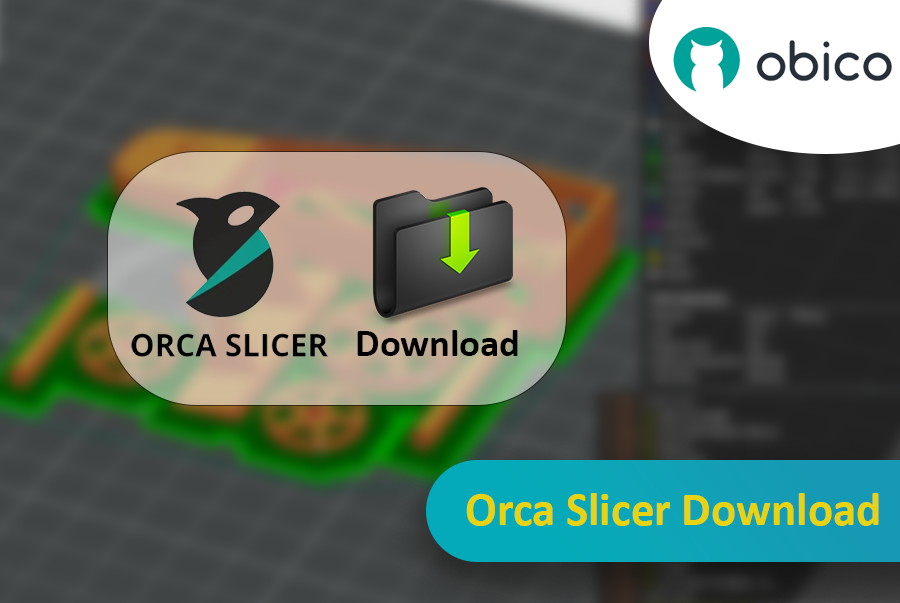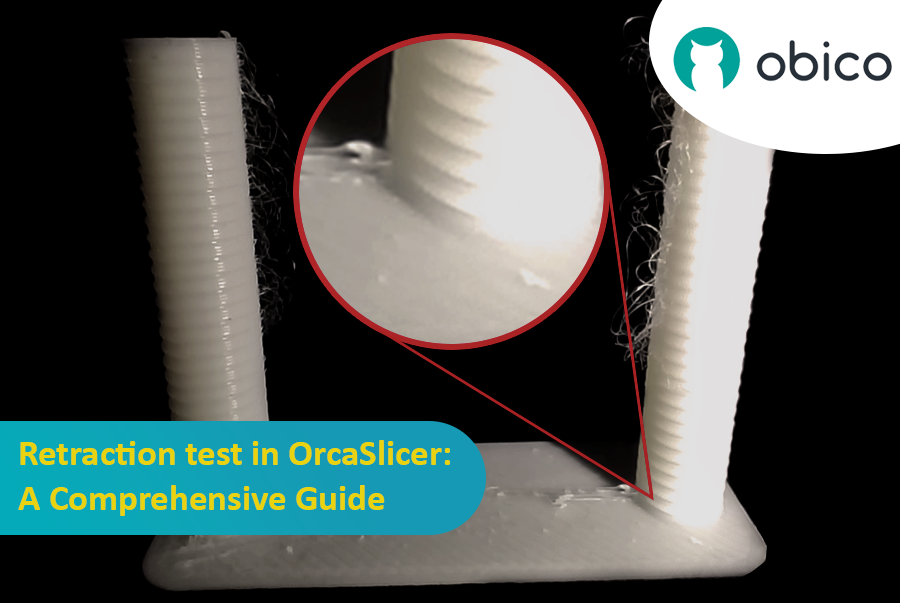Try JusPrin, the first GenAI 3D printing tool built on OrcaSlicer.
Si vous êtes passionné d'impression 3D, vous avez certainement déjà utilisé Cura ou PrusaSlicer pour découper vos modèles. Ces outils sont indispensables pour convertir n'importe quel modèle 3D en G-code, qui contient les instructions que votre machine peut exécuter pour imprimer votre modèle. Cependant, de nouveaux logiciels offrant des fonctionnalités et des options différentes sont toujours disponibles.

Orca Slicer est la solution qu'il vous faut. Gratuit et basé sur Bambu Studio, il vous offre davantage de possibilités de personnalisation, de contrôle et d'obtention de résultats précis pour vos impressions. Que vous soyez débutant à la recherche de profils prêts à l'emploi ou utilisateur expérimenté à la recherche de paramètres avancés, Orca Slicer est fait pour vous.
Orca Slicer est né d'un fork de Bambu Studio, lui-même basé sur PrusaSlicer, l'un des logiciels de découpage open source les plus utilisés. Développé par SoftFever, il a rapidement gagné en popularité grâce à la multiplication des profils d'imprimante et à des options de calibrage d'impression plus avancées. Il est particulièrement utile si vous souhaitez plus de contrôle et de détails sur le rendu de vos modèles 3D.

